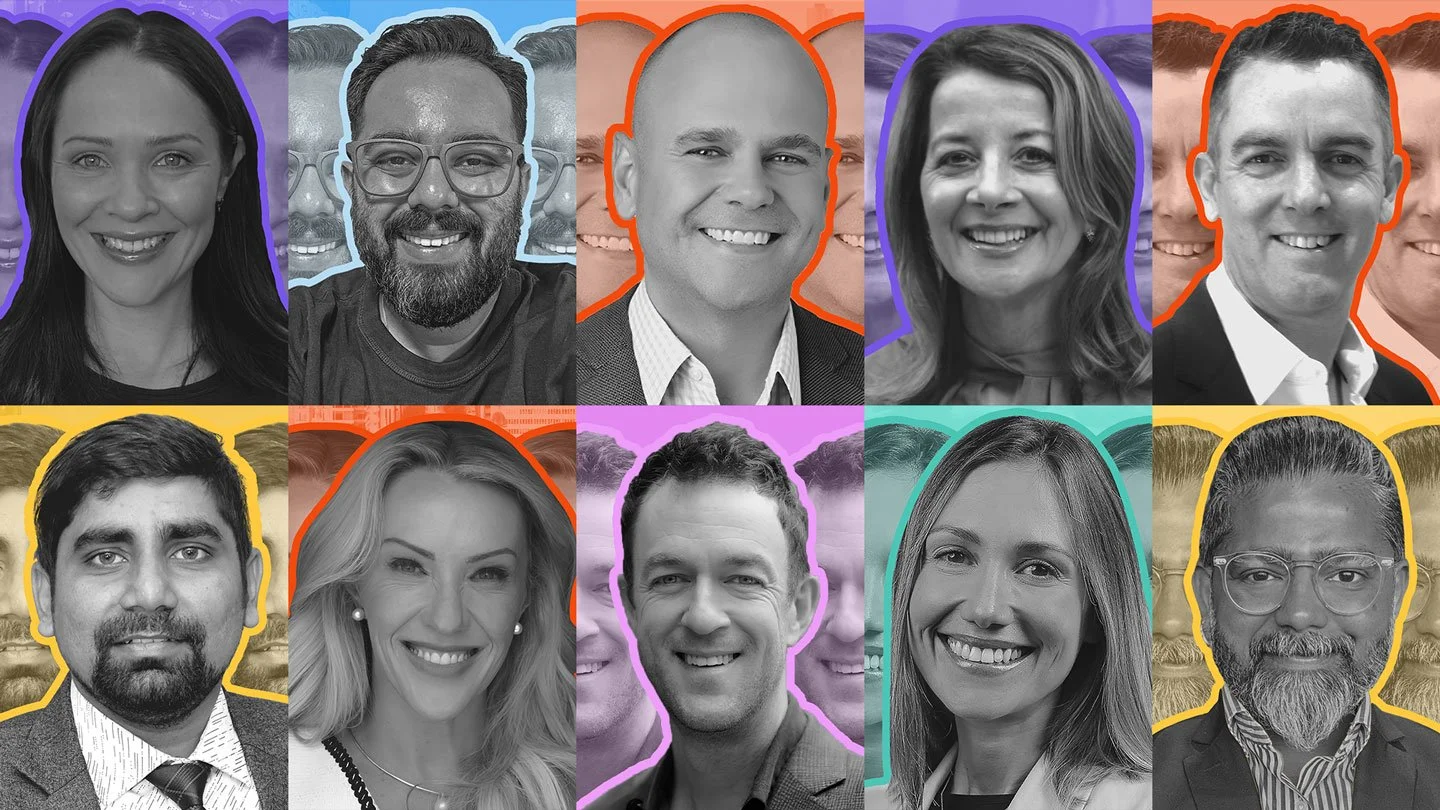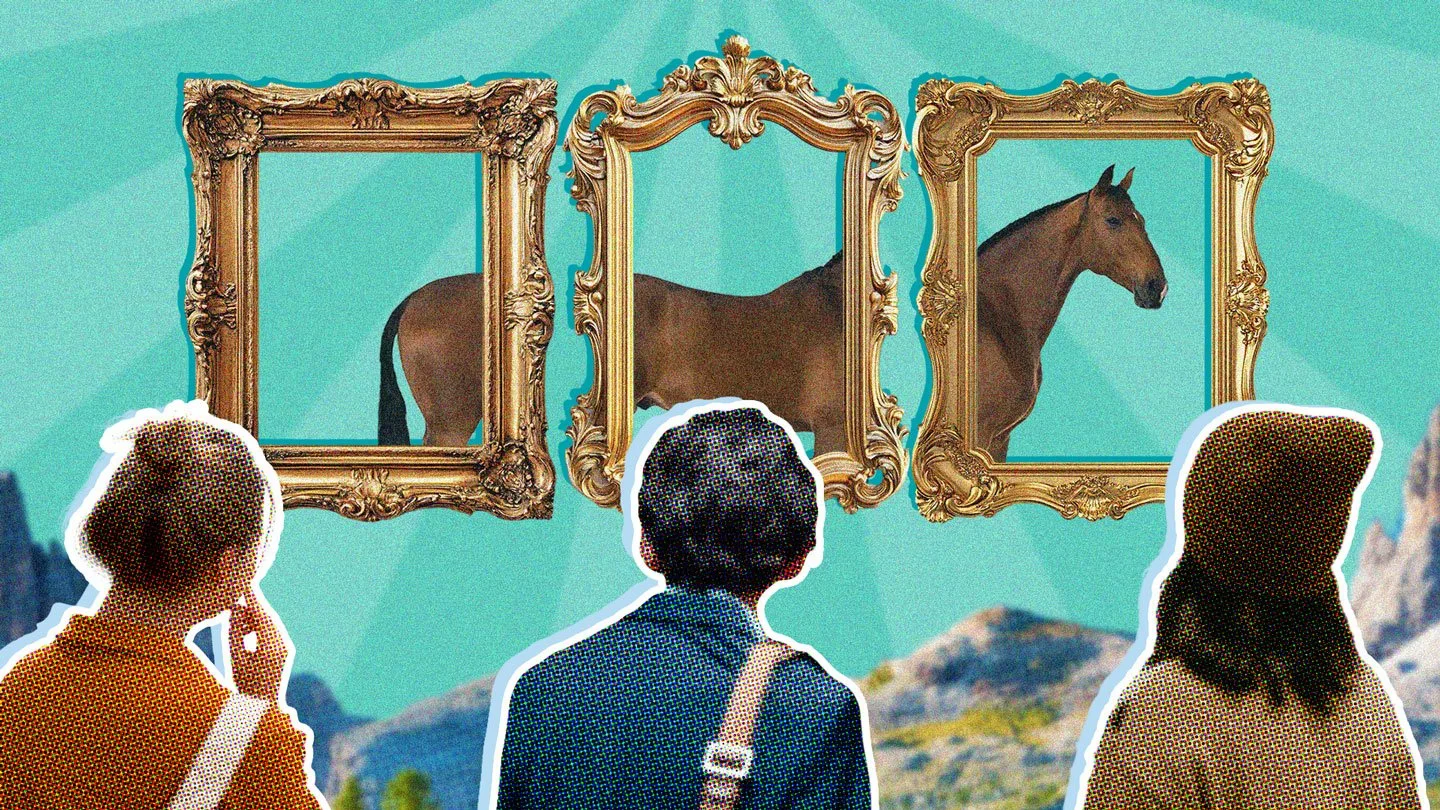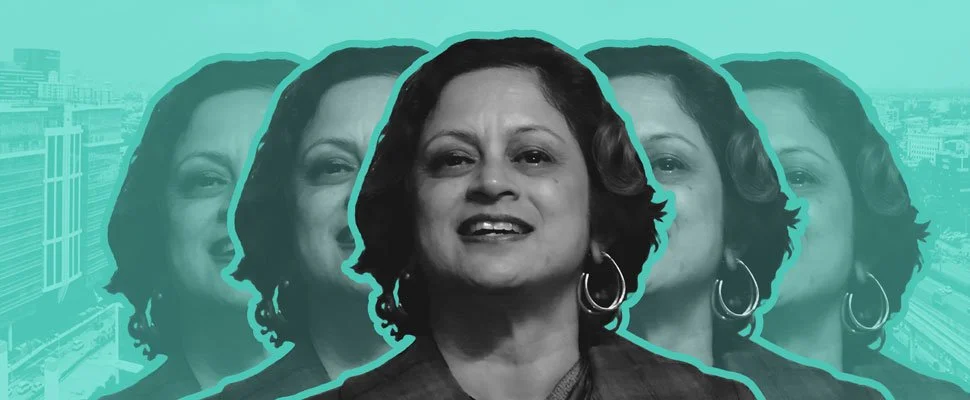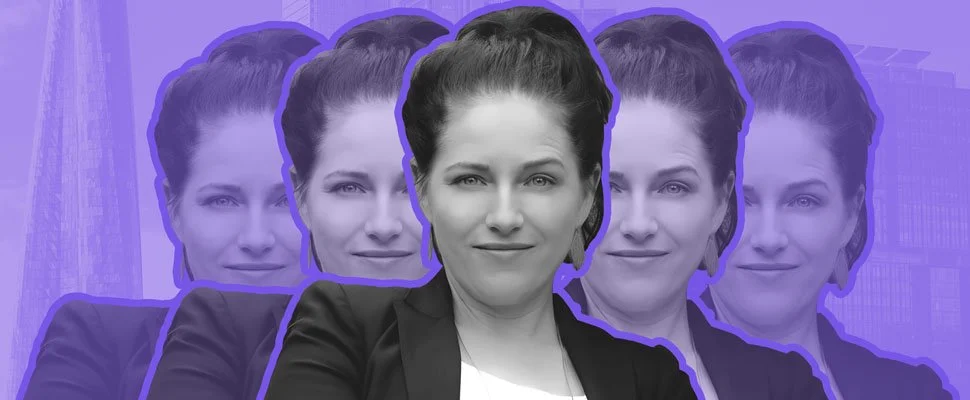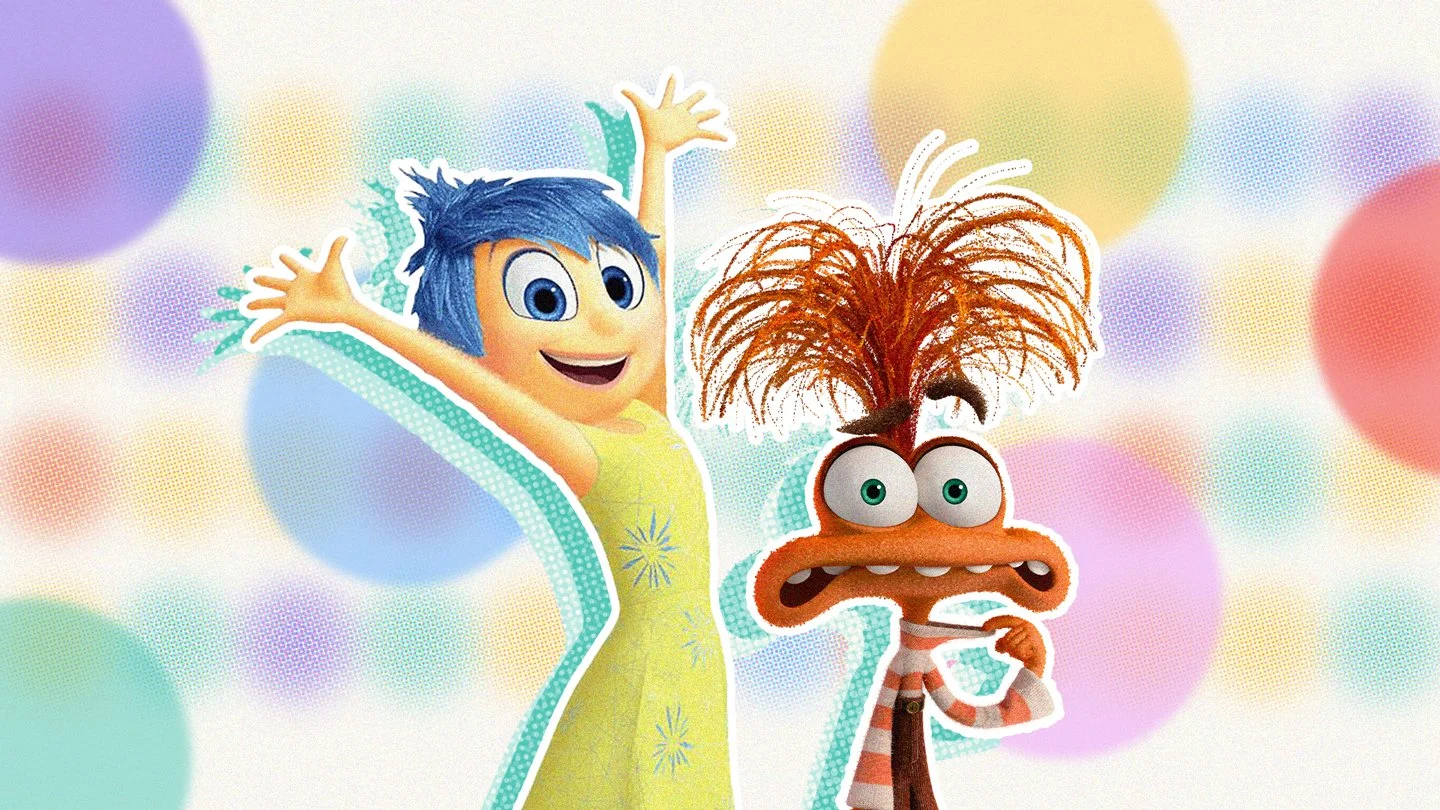Fresh from SXSW Sydney 2025, and looking past the AI buzz, we have some key takeaways to share with you.
Yes, AI was the topic, and even when it wasn’t, it shaped the subtext of almost every session - but the leaders creating real outcomes shared their focus on building trust, connection, curiosity, and community. If you’re looking for the skills for 2026 and beyond, map the human skills in tangent with technical skills. Pair tech fluency with deliberate upskilling of soft skills - these skills become the enablers. And develop ethics and judgement.
From Australian Journalist Peter Greste to Venture Capitalist Bill Tai, jump in to discover what the future looks like.
Pro tip? The future is now.
Relevance is a human discipline (not a feature)
Ndidi Oteh (Accenture Song): AI is brilliant at compressing time and raising the floor, but the ceiling - excellence - still depends on human judgment, taste and purpose. She framed lasting relevance through four lenses that must work together:
Cultural (are you part of the conversation now?)
Personal (do you respect the individual’s context and data?)
Technological (is your stack invisible and dependable?)
Industry (are you solving real problems of your category?)’
Collaboration beats coordination
Collaborating in an age of hyper-individualism. From ‘me’ culture to personalisation, we’re being driven further apart in a mega connected world. Collaboration is the means to bring us together around a collective purpose or goal. We need to move beyond coordination to bring ownership and thus meaning to each other - across the professional and personal.
Leadership lesson: “Stop filtering for agreement; curate difference. The teams that can argue well together win, because conflict - held with trust - creates better outcomes.” Jean Oewang
Psychological safety is rocket fuel
The Teddy Swims Project. That’s what it was originally called. Teddy Swims and his manager Luke Conway went from shifts at restaurant Chili’s to a record label in 6 months. Ten people, two scrappy studios, one Prius, a pact to figure it out together, and radical honesty (bathroom debriefs included). The takeaway wasn’t fame - it was strategy and process: humility, loyalty, and a team that regularly upskill on the fly. This continuous learning paired with trust has built the megastar that is Teddy Swims. And yes - even Teddy uses AI in his creative process.
Side note: Teddy Swims isn’t his real name and he hates talking about it, so he tells people that swims stands for ‘small wiener in my shorts.’
Empathy is a superpower.
It was the invisible thread throughout Reinventing brand experience. It can be summed up when Budget Direct’s spoke about empathy x innovation:
“It disappears into the background and makes my life a little better - and I don’t even know it. Every innovation began with a human moment: someone’s time protected, someone’s dignity guarded. Then came the tech - hardship detection in call centres, 360 car scans when you’ve been in an accident to know if it’s safe to drive.”
Listen to the feedback. Fall in love with the customer problem (or to quote Mamamia Out Loud’s Mia Freedman - “stand in HER shoes”) and your solution, idea, innovation will hit the mark.
Ideas not included: bring your curiosity and curation
Manon Dave called it early: technology is the great equaliser, but it can’t supply the idea. Use AI to remove friction - logging, clipping, summarising - so humans can invest in curiosity, curation, creativity and context. “Real G's move in silence like lasagna.” Lil Wayne may have said it first, but it’s a great analogy for AI in the workplace.
“Remove the friction, not the feeling. The skill now is selecting, sequencing, shaping.”
Freedom needs capability
Journalist Peter Greste demonstrated the difference between permission and possibility with a story only a war correspondent could tell - how “negative freedom… is freedom from restriction… Positive freedom… is the freedom to,” and why both matter if journalism is to serve the public. From a Cairo prison cell to the High Court, he showed how rules can say you may while reality can tell us you can’t unless capability, resources and courage are present.
Key takeaway: Policies don’t create performance - people do. If you want ethical, fast decisions at the edge, you must teach judgment, invest in capability, and make it safe to exercise both.
…so what does the 2026 leader look like?
The Skills Horizon Report argues we’re deep in a “decade of disorientation,” shaped by five overlapping shifts (Values, Technology, Accountability, Trust, Energy) and four leadership “clashes” you must actively balance: Policy vs People, Efficiency vs Expertise, Capability vs Control, and Abundance vs Attention.
It reframes skills into three types:
Amplifiers (force multipliers)
Movers (now-critical)
Unexpected Emergers (fast risers)
and maps them into four converging “blobs” leaders must master:
speaking the language of tech
solving problems of scale
working across difference
thinking through complexity
The North Star is the Grounded Leader: curious, resilient, comfortable with ambiguity, and disciplined about learning, unlearning, and evidence over hype.
How to develop the core skills for 2026+? Learn here.
Bonus: Community compounds
Bill Tai’s kitesurfing community of entrepreneurs, artists and investors was a reminder that good people attract good people. Connections today become category-defining companies tomorrow - like meeting Canva’s founders before they had any investors. Connection is strategy. Careers and companies are team sports. Surround yourself with generous, curious people and good things will grow.



